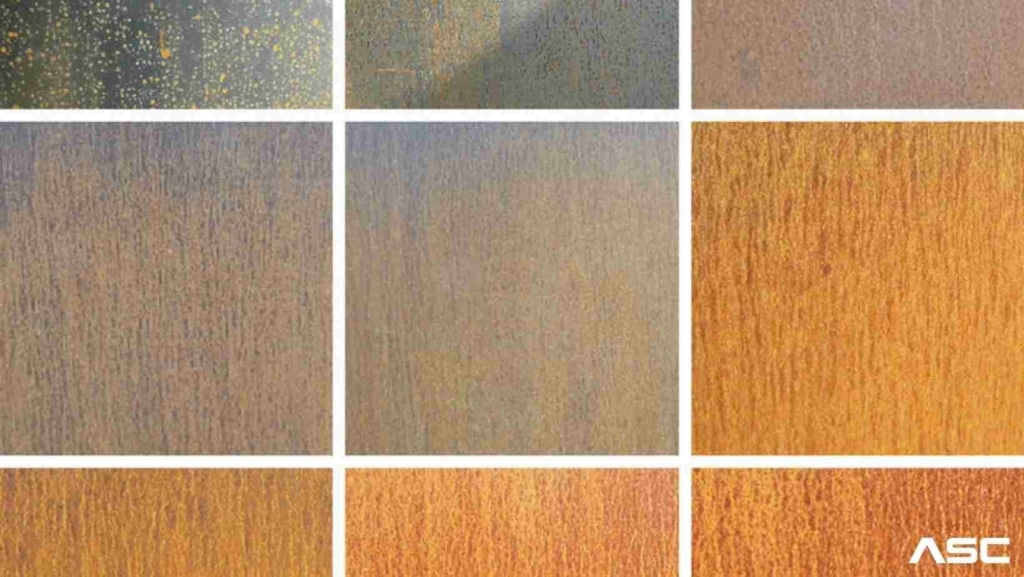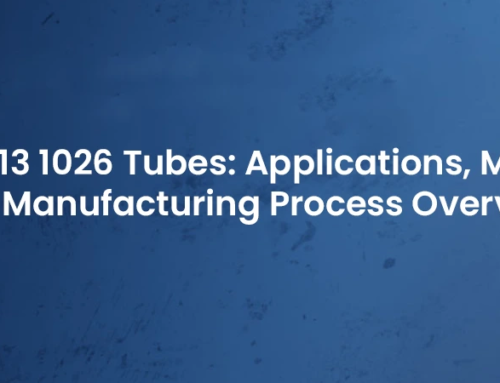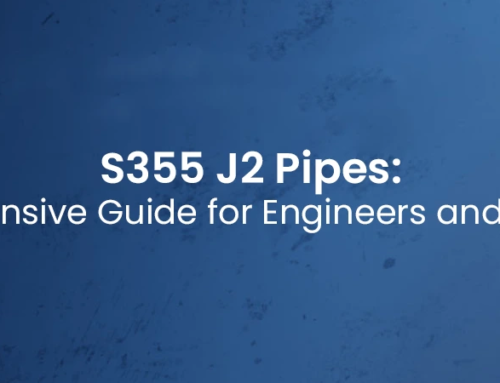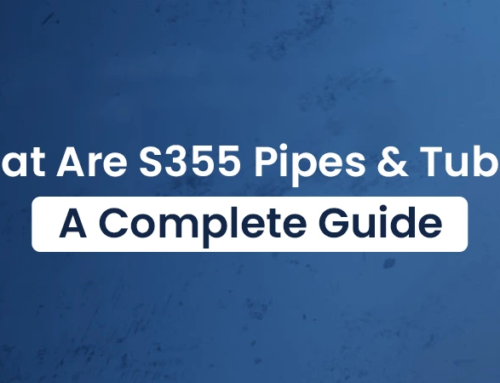Lifespan Of Corten steel’s lifetime expectations for the outside environment are explained here. The surrounding environment, dust, chemicals, salt, and moisture will all affect how quickly the protective patina layer forms. Corten steel requires wet and dry cycles in order to develop its oxide layer. Corten steel will behave like ordinary carbon steel when wet all the time.
Speaking of Corten Steel, specialized Corten Steel is used for proper functioning. Cortensteeltube.com Is one leading Manufacturers, Suppliers & Stockist Of Corten A Pipes And Tubes.

During wet and dry cycles, an oxide layer, called “patina,” will form. It will protect against further rusting. Real-world measurements of the steel material are used to determine the design lifetime and expectations. If scratches occur, a new patina layer will form during the time due to the uniform surface of the patina layer. Below are measurements of Corten steel weight loss and rust penetration.
The lifespan of weathering steel, or corten steel, depends on the local climate and the conditions the steel is exposed to, as well as how it is used, maintained, and treated. Weathering steel’s lifespan and the length of time it takes for the patina to develop are influenced by the climate.
Patina forms faster on steel exposed to more cycles of wet and dry weather. The steel needs both wet and dry conditions to resist corrosion. Let’s take a look at a weathering steel planter box. If the planter does not provide adequate drainage, the steel may not dry out, causing it to rust more quickly rather than forming a patina.
Cortensteeltube.com is a leading supplier, stockist, manufacturer & exporter of Corten A Pipes And Tubes. Get in touch with us for the best rates & availability.
The lifespan of corten steels Specification Considerations include:
- Suitability
Corten Steel’s longevity and aesthetic may vary slightly over time, but for all practical landscape purposes, Corten Steel is suitable for industrial and coastal environments
- Thickness
- For most environments and applications, Corten Steel thicknesses of 2.0mm or 3.0mm are suitable for +25 years of longevity.
- In order to mitigate material loss over + 40 years, an additional 1.0mm thickness should be added.
- If the brief genuinely mandates +120-year longevity, Corten Steel thicknesses => 6.0mm are not commercially justified.
- Run-off
Most of the time, run-off from Corten Steel is not an issue, so long as the metal has been professionally weathered before delivery [this is a standard service from IOTA]
- Finishing
- It is strongly recommended that Corten Steel be left unfinished – not painted, waxed, or lacquered. Any such finish [i] will not be permanent, and [ii] negates its USP [its extraordinary corrosion resistance in its natural, exposed state].
- There is an argument to seal inside / unseen Corten Steel with a bitumen-damp proof membrane when the Corten Steel cannot maintain ideal wet/dry cycles to establish its protective surface oxide [such as inside planters]. Nevertheless, this is only feasible if longevity expectations are genuine and exceed 40 years.
- It is strongly recommended that Corten Steel be left unfinished – not painted, waxed, or lacquered. Any such finish [i] will not be permanent, and [ii] negates its USP [its extraordinary corrosion resistance in its natural, exposed state].
Corten Steel differs from ordinary structural steel in terms of its metallurgical properties
The basic metallurgical difference between Corten Steel and ordinary structural steel is the addition of chromium, copper, and nickel alloying elements, which give Corten its enhanced corrosion resistance. Corten Steel is also known as a ‘weathering steel’ because when it is exposed to the weather, it forms a protective layer, which makes it far more resistant to atmospheric corrosion than other steels.
As Corten is subjected to the influence of the weather, its protective layer develops and regenerates continuously. The same process allows Corten to ‘heal itself’. In other words, if the surface is scratched, then the exposed area will regenerate its protective layer, which will eventually blend in with the surrounding areas.
In spite of what it may seem, Corten Steel does not actually enjoy being constantly dry; nor does it enjoy being constantly wet. In fact, what Corten Steel loves the most is being wet, then dry, then wet, then dry – and so forth. The surface of Corten Steel is positively improved by repeated wet-dry cycles, which makes it particularly suitable for the great British climate…!








Leave A Comment